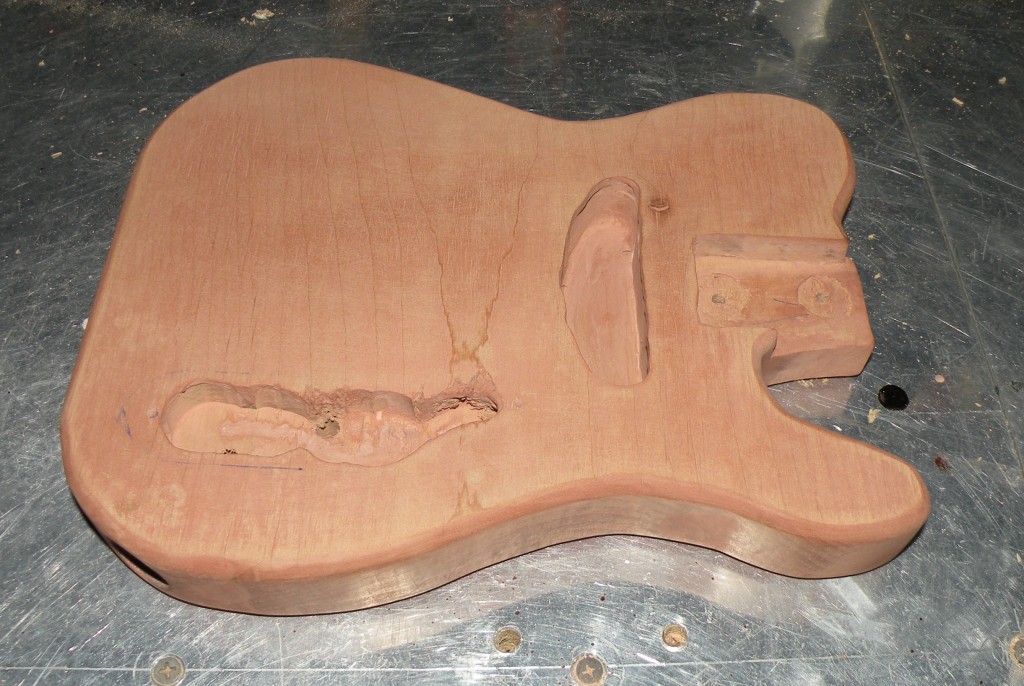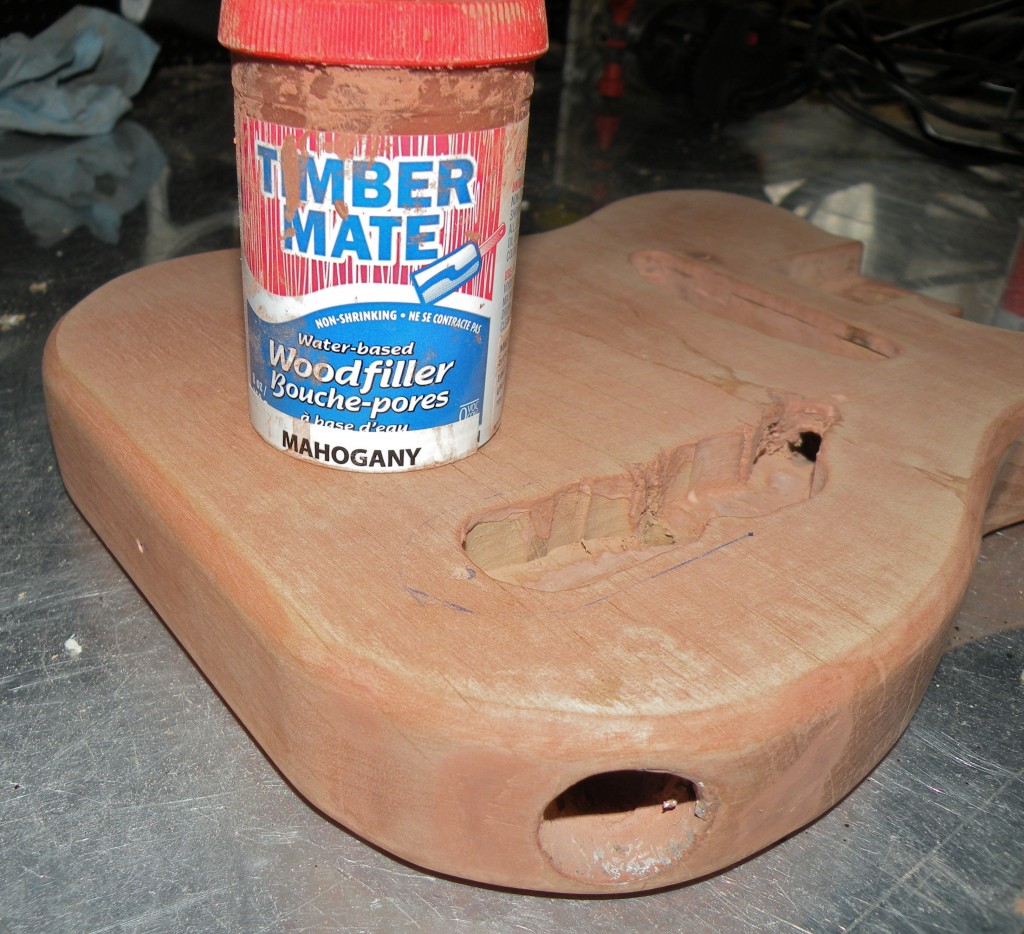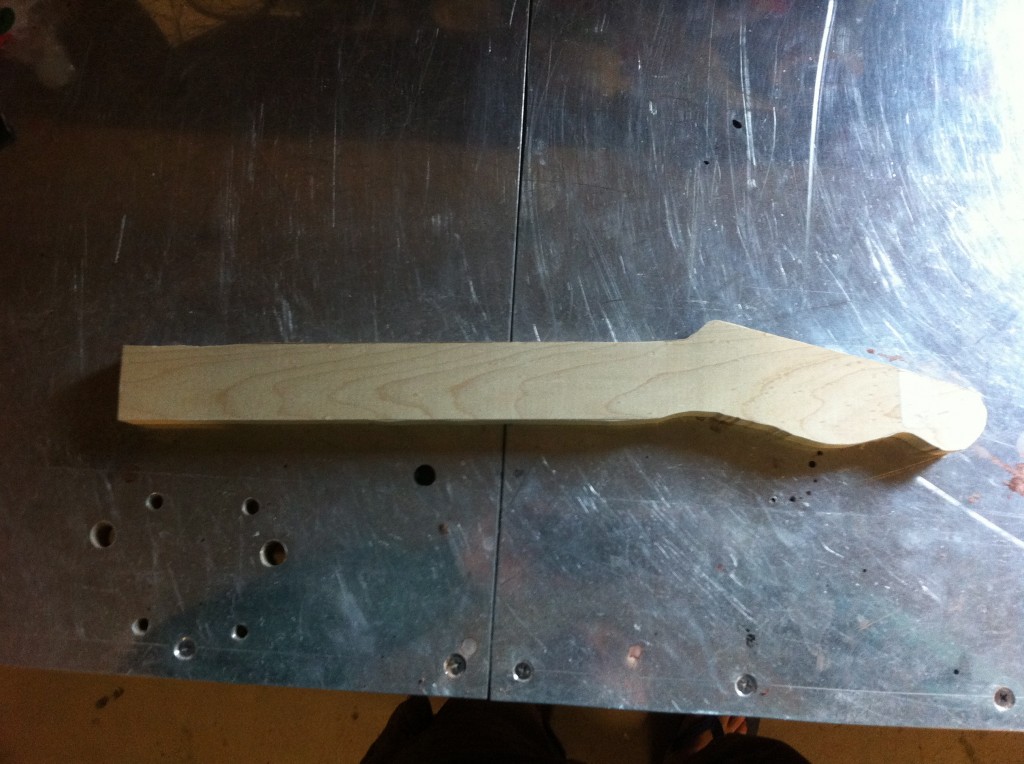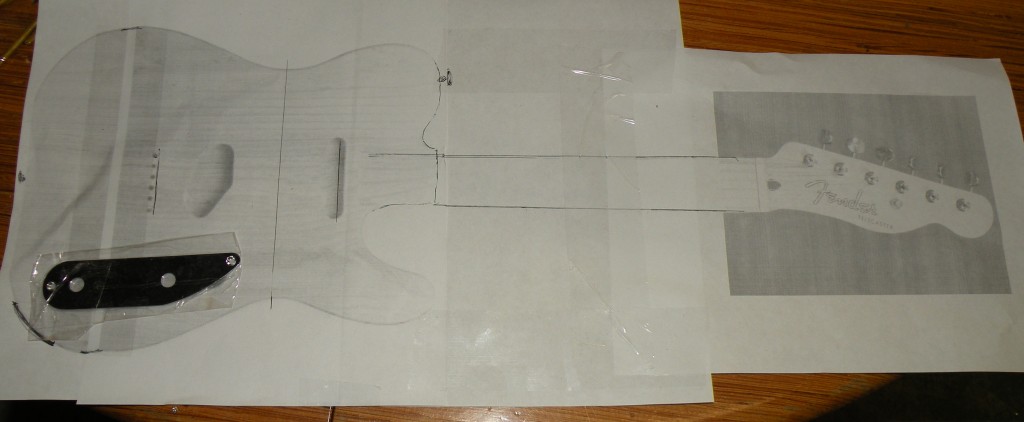There is a kind of revolution occurring on the streets of Jakarta, where punk sensibilities, brotherhood, music, desire for freedom and ukulele’s have met each other in one place. I have been trying to write an article on this for quiet a while now but the subject matter has made it difficult for me to phrase the correct way. Luckily, I have found a friend, Ayumi Nakanishiwho, has first hand knowledge of the situation, and likes to document her findings with photos. The text and pictures that follow are hers.
[style-my-gallery css=”max-width:500px;margin-top:30px;”]
Jakarta Punks by Ayumi Nakanishi
First arriving to the country 20 years ago, now the scene has grown as the biggest in Asia, the spirit of punk has perfectly fit in the Indonesian society, where there are reasons to be angry about. The gaps between poor and rich are huge, daily lives are surrounded by irrationalness. There were no human rights, no freedom of speech, or no freedom at all, especially during the Suharto regime for his 3-decade-long dictatorial presidency fallen in 1998. That was when student activists like Mike & Bob chose “punk” to fight for their “freedom,” and soon their loud voices began to reach out.
Formed in 1996 by Mike and Bob, Marjinal, a punk band from Jakarta, has not only helped uncountable numbers of street kids earn cash by teaching them how to survive on the streets by busking with ukuleles; affordable, easy and small enough even for a child to play anywhere, but they also sent their message with the true spirit of punk that is “punk is for everybody.” TaringBabi community ran by Marjinal, is the home to many punks of all ages for long, and opens for “anyone for sharing and learning together.” They give free music lessons and art workshops such as screen-printing, and give away their music, logos and artworks for reproducing for survival. Those who reside at TaringBabi, learn how to survive by caring and helping each other.
The residents include the youngest, a 12-year-old, Ucil, who is from a broken home. “TaringBabi is my family,” said Ebet, 20, whose parents had passed away and has been living there for years. Mike, 33, and Bob, 32, who take care of all, try to make their living by selling their paintings or tattooing that they sometimes exchange tattoos for rice. Living on the edge, they still keep going.
Their activities, and poignant & powerful messages in their songs about the suffering and struggles, government corruption and injustices in Indonesian society made them so charismatic that those followers who have now become the messengers of the band, sing their songs on trains, buses, streets of Jakarta and throughout the country. “It’s about how we take care of our friends.” “We survived until now, it’s not because of the band, but because of the community. We have the mission. It’s about life. We have the reason for that, and the band is a tool. We never stayed until now without our friends,” said Mike on their 14th anniversary in December 2010. They do what they do for so long “to make the revolution for people in Indonesia.”
The Marjinal guys have now been facing a crisis of survival to keep their home “Taringbabi” community because of the economical issues, trying to take care of many punks living there as well as maintain their activities, which are always operating in the red, as it all comes to depend only on Mike and Bob. Marjinal guys have always been struggling though they still let anybody in, let them stay, feed them and give them education, those include street kids living on the streets.
At the moment, their financial condition is quite serious, and the best way to support them now perhaps is to buy their artwork or products for them to earn some kind of cash to survive. So that they can eat and keep the home then go back to their activities. ukeland.co.uk and Ayumi Nakanishi are trying to work together to establish a way that we can support Marjinal by selling their artwork, products/ band merchandise which include their woodcuts prints, T-shirts, pins, patches which are all made by hands. It is not proving easy at the moment as Ayumi is back in her home country, Japan, trying to help people there recover from the natural disasters that have happened over the last year or so, and the Marjinal / TaringBabi team are difficult to contact due to their economical issues.
If you have any ideas on how you can help, please contact any of the following :-
Us: electricukuleleland@gmail.com
Ayumi: photo@ayuminakanishi.com and at her website www.ayumi-nakanishi.com
Bob Marjinal: dosakoe@gmail.com
While we work out how we might be able to sell merchandise for them, please think about raising money and awareness by writing and recording a ukulele punk song, donating some proceeds from a gig, or simply just sharing this story on your social networking sites
“For around $5, every street kid in Indonesia can have a ukulele and sing.”






















